Learn how to determine gold coin prices and know the difference between gold bullion coins and numismatic gold coin prices
To determine the value of gold coins, you must first know the general differences between a bullion gold coin and a numismatic gold coin.
Firstly, a bullion coin is created primarily for investment purposes while a numismatic coin is a collectible piece acquired by numismatists mainly for personal satisfaction (hobby) or for academic and historical study, among other uses.
The selling price of bullion gold coins is derived almost entirely from the intrinsic value of gold (per ounce) while the market price of numismatic gold coins is derived from several factors such as rarity, popularity and numismatic significance, grade or condition, and quality.
A 1933 Saint-Gaudens gold coin may have a bullion value of a thousand dollars but its market price can reach millions of dollars (in 2002, it was priced at $7.6 million) because of its numismatic and historical significance.
A gold investor or a coin collector?
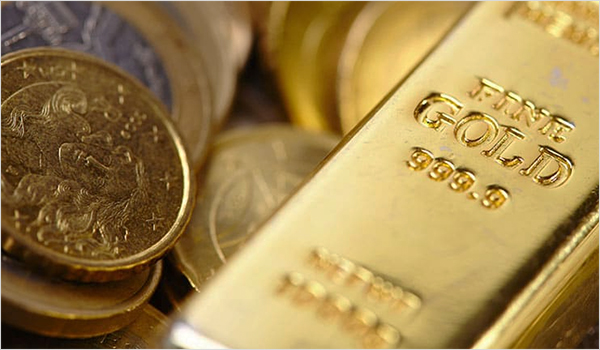
Before buying a gold coin, it is important that you define yourself first as a buyer—are you a coin collector or an investor? Although you can be both, deciding what you are as a buyer in every purchase of a coin will help define your purpose, thus, will guide you for a wiser purchase.
For example, if you are an individual who wants to invest in gold coins, then you must avoid the additional price you will have to pay for numismatic coins and choose gold bullion coins instead. But for plain coin collectors or numismatists, there is simply more to coins than its possible future monetary benefits.
How to determine gold bullion coin prices
The price of bullion gold coins is based from the actual market price or intrinsic value of gold and an additional sum (premium for manufacturing and other costs). The bullion gold coin price is just a bit higher than gold’s market value.
The famous gold bullion coins are the gold American Eagles, South African Krugerrands, Canadian Maple Leaf gold coins, China Panda coins, among others.
Here are the steps to determine the selling price of gold bullion coins:
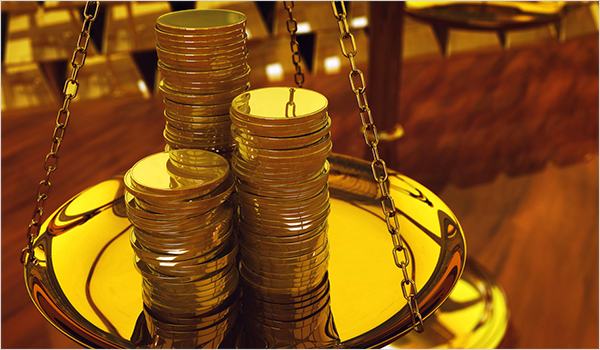
1.) Determine the gold weight or content of your coin
Find the weight of your gold coin through a gram scale. Modern bullion gold coins, however, are already sold in different weights which are actually indicated on the coin’s reverse side. For example, the Canadian maple leaf gold coins are issued in 5 different weights: 1 troy oz, ½ troy oz, ¼ troy oz, 1/10 troy oz, and 1/20 troy oz.
2.) Know the spot price of gold
The spot price is the current market price of a physical commodity. The spot price of metals like gold can be unpredictably changing. As of this writing, the spot price of gold was $956.20 while the day before, the price was $947.20.
Consult a gold exchange traded-funds (an investment vehicle that tracks the price of gold) to get the actual current market price of the metal.
You can also visit websites of gold coin dealers where you can find postings about the most recent gold coin prices.
3.) Get the coin’s pure gold value
To compute the possible price of the gold coin, multiply the gold coin weight to the spot price of gold per ounce (oz). The answer is the pure gold value.
For example (for illustration purposes only):
| Gold coin weight (oz.) | Spot Price of gold/oz. | Pure gold value |
| 1 | $950 | $950 |
| 0.5 | $950 | $475 |
| 0.25 | $950 | $237.50 |
4.) The actual gold coin price
The pure gold values are not immediately the actual gold bullion coin prices. Costs like manufacturing costs, distribution charges (the expenses incurred from sending the gold coins from the mint to sellers and buyers), dealer commissions (the fees paid to a dealer for facilitating, initiating, or executing sale), etc. are important factors to consider in finally setting the price of the coin. Because of such costs, the bullion gold coin market prices are a few dollars higher than gold intrinsic values.
According to some bullion experts, with the additional sum, gold coins are said to be not ideal investments. Gold coins have higher mark ups than gold bars and other forms of gold bullion because of the costs in manufacturing and distribution.
But this is not all the time true. Compared to gold bars, gold coins are more liquid which means they are more easily convertible to cash as the latter are more tradable and convenient to carry. The value of gold coins is universally accepted by traders worldwide, including central banks while gold bars may need further evaluation before its value is recognized by a bullion trader.
Factors that influence numismatic gold coin prices
The numismatic gold coins value is significantly higher than the intrinsic value of gold itself because of certain factors. Numismatic gold coins are more of collectable items than as investments, and the demand for these coins is exclusive or limited to the numismatic gold coin market unlike bullion gold coins which are tradable even outside the coin collecting industry.
1.) Rarity of the gold coin
One factor that makes the 1933 Saint-Gaudens double eagle an expensive coin is its rarity. There is only one specimen of this American coin that survived the melting in the 1970s.
The famous rare coins are generally the most expensive coins in the market. By rarity it could mean the number of original mintage (a famous Australian penny had original mintage of six for archival purposes) and/or how many surviving specimens exist at present (like the Saint-Gaudens gold coin).
2.) Grade or Condition of the gold coin
The grade or condition of the coin is very important for the market price of a gold coin. Through the process of coin grading, you will know the amount or extent of wear or deterioration the collectible gold coin had undergone.
A higher grade means that your coin is still visually appealing and is worth higher than coins with lower grade.
3.) Popularity of the gold coin
Popularity can refer to the demand for the coin and is also related to the coin’s historical and numismatic significance. Take for example the 1787 Brasher doubloon—one of the most valuable and rarest US coins in the world. It is believed to be the first gold coin minted in America.
Because of its importance to the American coinage, many collectors are interested in owning a 1787 Brasher doubloon. Being popular and rare at the same time, this US coin is definitely worth a lot. It was priced at $725,000 in 1979.
4.) Quality of the gold coin
Another factor to determine the value of gold coins is quality which refers to the coin’s beauty and artistic appeal—the design, the quality of minting or strike, etc. Taking again the Saint Gaudens double eagle as an example, it was created to symbolize America’s prestige and power.
The quality of the coin influences gold coin value design by Saint-Gaudens for the 1907-1933 American coins were considered of high quality and artistic appeal symbolizing America’s prestige and power.





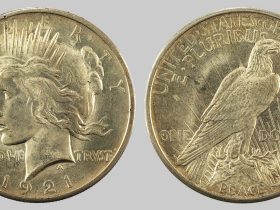
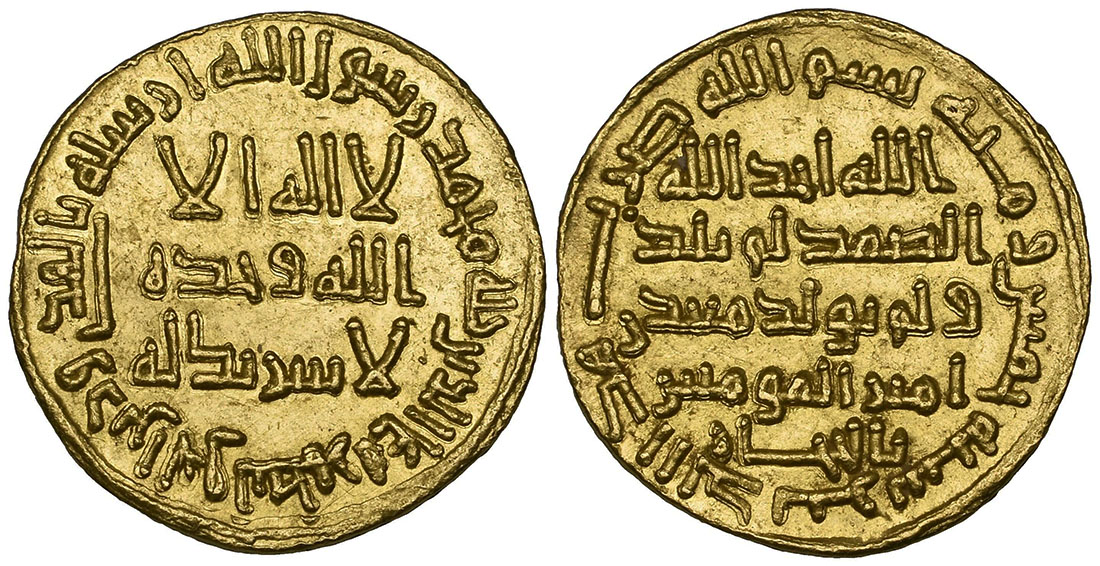

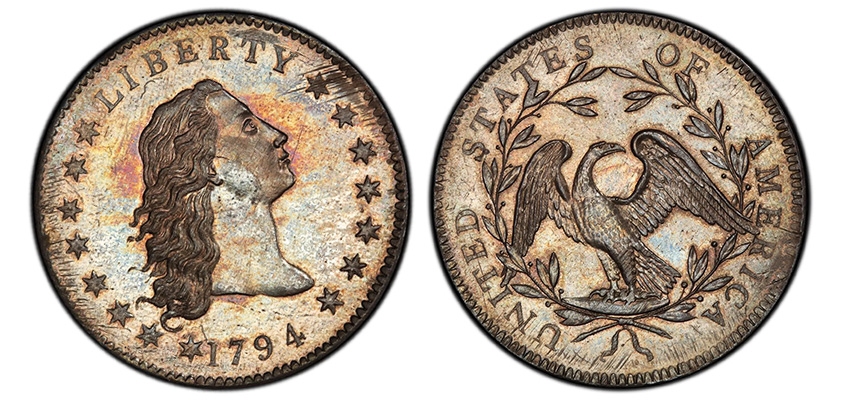

Leave a Reply